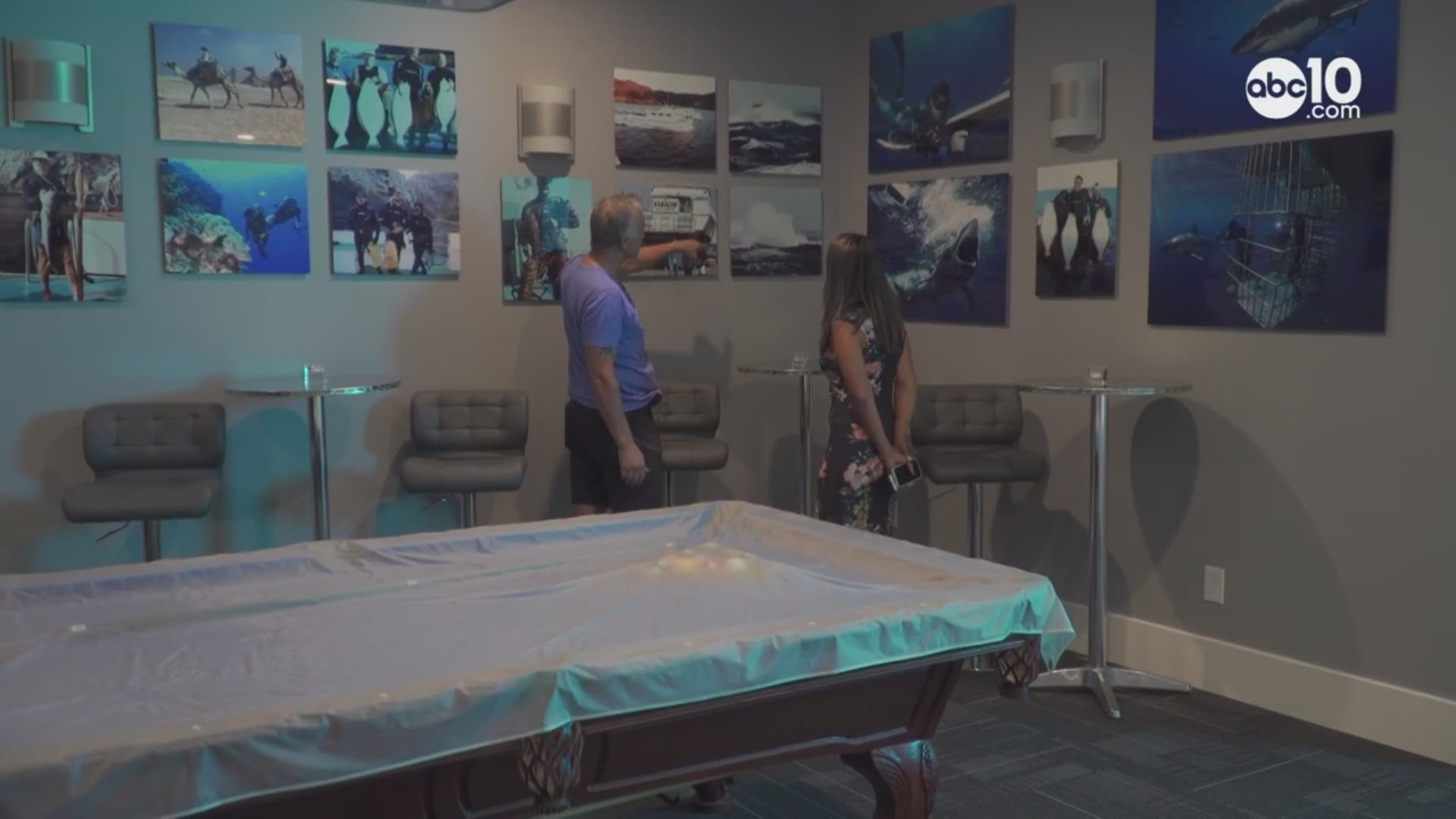LOS ANGELES — Records show the diving boat that caught fire off California, killing 34 people, was among hundreds of small vessels exempted by the Coast Guard from stricter safety rules designed to make it easier for passengers to escape.
The Conception was one of 325 boats built before 1996 and given exemptions from standards imposed on new vessels, according to records cited by the Los Angeles Times. The newer rules required escape hatches at least 32 inches (81 centimeters) wide and illuminated exit signs.
The Conception, built in 1981, had a 24-inch (61-centimeter) hatch and no illuminated signs.
It’s unclear whether such measures would have made a difference on the Conception, the newspaper said. Crew members on deck said they were unable to reach passengers trapped in the hull below because of intense flames. It was the worst maritime disaster in modern California history.
U.S. authorities are conducting criminal and safety investigations into the fire that killed all 33 passengers and one crew member sleeping in stacked bunks below deck. The blaze's cause has not been determined.
National Transportation Safety Board investigator Jennifer Homendy told the Times in September that she was “taken aback” by the small size of the emergency escape hatches, adding that she thought it would be difficult for passengers to exit during an emergency in the dark.
In the fire’s aftermath, the Coast Guard has stepped up inspections of similar boats across the country, the newspaper said. Several boat owners have said that among the issues inspectors have raised is the size of escape hatches, fire protection systems and crew training in emergencies.
The safety exemptions the Conception and other boats received in the 1990s are raising new questions.
Kyle McAvoy, a marine safety expert at Robson Forensic and former Coast Guard chief of the Office of Commercial Vessel Compliance Policy, said the grandfathering of older vessels often happens when meeting new regulations is economically unfeasible and impractical.
When adopting changes to the Subchapter T regulations in the 1990s, McAvoy said the Coast Guard wanted to ensure improvements and safety for new boats, but also had to address what to do with existing vessels. Before the new standards were adopted, the Coast Guard sought public comment and conducted feasibility studies.
Older vessels “may not be able to change what they have,” said McAvoy, who retired as a Coast Guard captain in 2016.
The Coast Guard has the authority to make immediate safety changes in the wake of incidents such as the deadly Conception fire, McAvoy said.
Currently, the Subchapter T regulations govern about 5,000 vessels on U.S. waterways. Of those, about 325 still fall under the original rules, according to the Times.
Small passenger vessels weighing less than 100 tons fall under Subchapter T of the Code of Federal Regulations for boats.
RELATED CONTENT:
FOR NEWS IN YOUR COMMUNITY, DOWNLOAD THE ABC10 APP:
►Stay In the Know! Sign up now for ABC10's Daily Blend Newsletter



